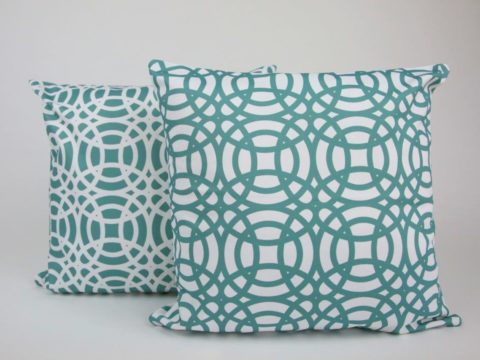Field of Cloth of Gold
Le Camp du Drap d’Or
Chapter 3 : The Event
Although much less direct evidence of them survives, the expense and range of food and wine served at the banquets on the French side were of an equivalent order to the English. They, too, had temporary field kitchens in and near Ardres, like those depicted in the painting of the Field now at Hampton Court. The vast concourse of 11,000 people had also to be catered for on a daily basis during the event. The French court therefore established a supply depot for food, wine and fodder for horses at Marquise, just south of Boulogne, where the staff of both the French and English courts and the servants of the nobles and gentry, could obtain food and provisions at agreed rates.
Strict protocols governed the whole meeting so that, in theory, neither king was able to upstage the other. Both of them found this frustrating, however, and this probably occasioned Henry’s famous impromptu wrestling match with Francis - that he lost. Francis, too, made his own impromptu gesture when he visited Guînes castle early on the morning of Sunday 17 June. To the astonishment of the governor of the castle, he demanded to see Henry. Taken to the English king’s chambers, he declared himself Henry’s prisoner. He asked to be allowed to help dress Henry, an extraordinary request at once complimentary and intimidating. Henry was more or less forced to respond generously allowing him to participate in his outfitting for the day and offering Francis a jewelled collar as a gift; to which Francis responded by giving Henry expensive bracelets. He had obviously come prepared! Henry then escorted Francis to meet Queen Katherine, with whom he remained until the banquet scheduled for that day was ready. Observers were dumbfounded, but also impressed, at this dramatic declaration of faith by the French king.
A few days later, Henry made his own, perhaps less impromptu, return visit to Ardres. Counter-intuitively therefore, this kind of personal competitiveness was not an unwelcome intrusion on expressions of peaceful good will, but the way each king displayed personal qualities of chivalry and demanded respect in return. Each tested the other to find out how genuine his claim to friendship was and exactly what strength or otherwise the other might bring to their alliance.
On 23 June, the penultimate day of the event, Wolsey celebrated High Mass to bless and spiritually inaugurate the Universal Peace. At the moment of the elevation of the Host, there appeared over the chapel built at the tiltyard, a flying ‘dragon’. As a French poem recording the event tells us,
From the skies of Ardres it flies to Guînes, this artificial
dragon fashioned by the great skill of the English … Its
eyes blaze, and with quivering tongue it licks its mouth,
which opens wide; the dragon hisses through its gaping jowls.
The poem continues with a full and surprisingly technical description of what was evidently a kite drawn on a cable behind a wagon. The dragon’s blazing eyes and hissing mouth indicate pyrotechnics of some kind were involved. A dragon appears in the Hampton Court painting and some have suggested that it was the Welsh ‘Tudor’ dragon, in tribute to Henry. Another French description, however, calls it, ‘une grande salemandre ou dragon faicte artifciellement’. This is closer to the mark. It was much more likely to have been a salamander, an English compliment to Francis. The salamander amidst flames was his principal heraldic emblem or badge. It is still to be seen in stone, scuttling on the walls, or curling on the chimney pieces, of virtually all the châteaux he built and renovated in the Loire Valley and in Paris. A fire-breathing salamander decoration had specifically featured at a banquet given at the Bastille in December 1518 for the English ambassadors who had come to ratify the Anglo-French alliance. That it was made by the English is clear, both from the French poem and the 20s 4d paid to one Thomas Wright for ‘canvas for the dragon’. The meeting concluded the following day, with more exchanges of presents between the kings and the principal members of their respective entourages.






